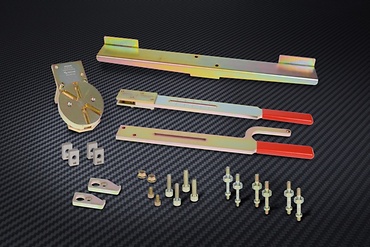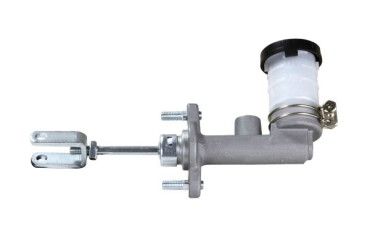When alternating torques occur in the slip phase (e.g., due to friction value fluctuations) and causes vibration of the driveline, this is called clutch grab. Instead of slipping evenly, the clutch grips suddenly, then loses contact. The driver experiences these oscillations as vibrations, rolling or bucking. A grabbing or juddering clutch produces a severe vibration motion and can have various causes.
How-to-guide
In order to know how to stop the clutch grabbing, it is necessary to find out what causes the juddering problem. Apart from the clutch itself, poor engine setting or worn engine or transmission mounts can prevent smooth clutch engagement. Other possible causes for grabbing clutches are installation of the wrong clutch disk or incorrect installation.
Check:
- Correct parts for the vehicle?
- Associated system components / check all parts for wear and correct settings
- Clutch release system?
- Driveline bearing?
- Engine management?
- Deficiencies in the driveline?
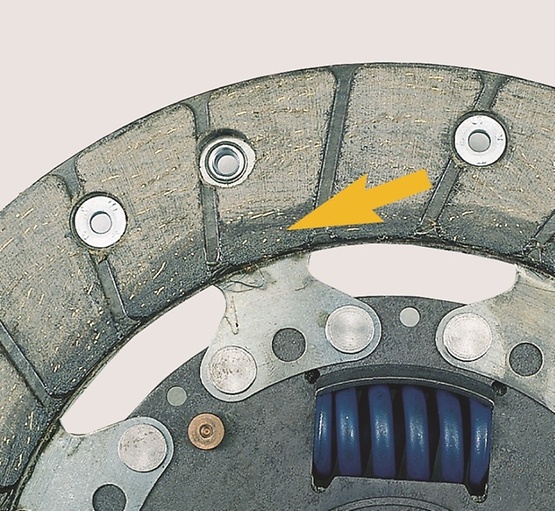
Cause:
- Damaged transmission or engine sealing
- Excessive grease on the transmission input shaft or pilot bearing
- Leakage in hydraulic actuation system
- Contamination of the friction surfaces due to incorrect handling
Consequence:
Even minor traces of oil or grease have a significant adverse effect on friction values, and thus start-up performance when the clutch is engaged.
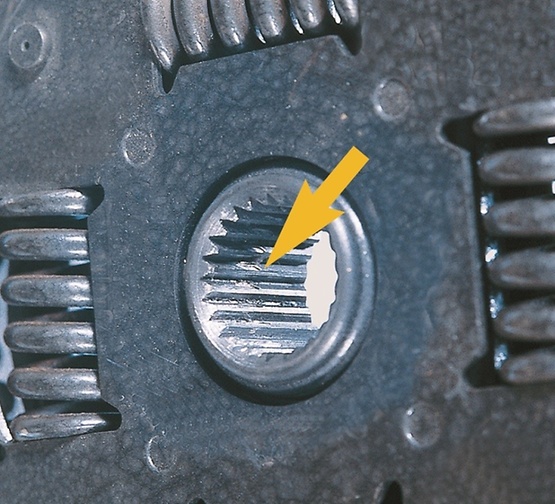
Cause:
- Transmission shaft and clutch hub forced together during installation
- Excessive angular movement during transmission installation
Consequence:
Clutch disk does not move or moves jerkily on the transmission input shaft.
Comment:
Also often causes drag.
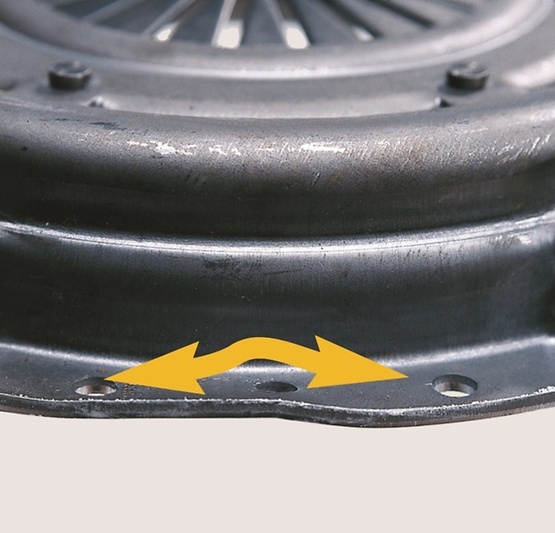
Cause:
- Attachment screws not professionally tightened during installation. Not tightened in a cross-wise, over-center sequence.
- Clutch pressure plate not correctly centered in the flywheel.
Consequence:
Lop-sided pressure plate lift
Comment:
Drag may occur if the problem is severe.
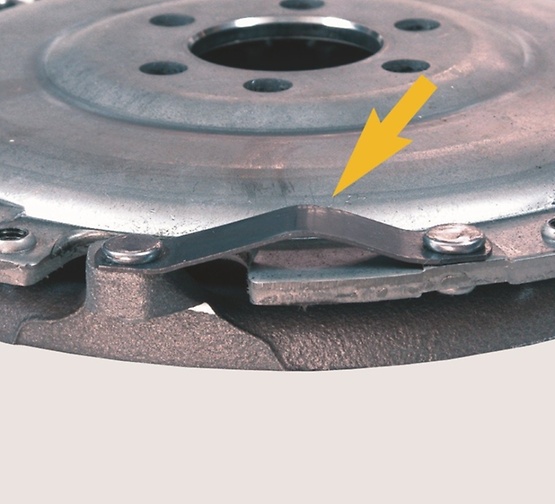
Cause:
- Incorrect counter-holding technique, e.g., with a screwdriver, when bolting down clutch pressure plate (MX pressure plate)
- Damage during transport, storage or handling
Consequence:
Lop-sided pressure plate lift
Comment:
May also cause drag.
Important:
Secure the flywheel against turning with a suitable tool provided by the vehicle manufacturer for this purpose.
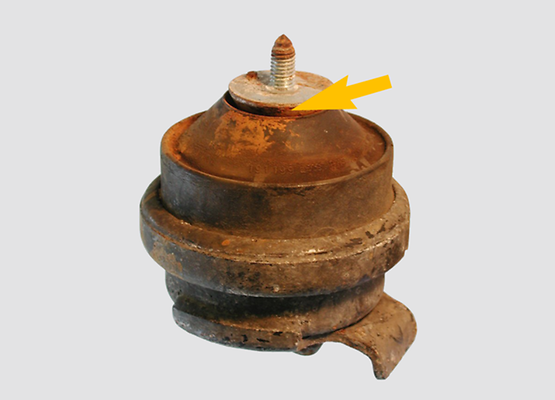
Cause:
Worn parts
Consequence:
Leads to pseudo grab (bonanza effect) in driveline during setting off and gear changing or load changing.
Comment:
Always check these components for signs of wear (e.g., cracks in the rubber-metal joints or damaged joints).
ZF Aftermarket product range
Discover the complete portfolio of clutch systems in our product catalog.
